The last few years have seen a drastic rise in awareness among people about the amount of synthetically available amenities and the various undesirable compromises they bring with them.
An abundance of foods are produced with the help of synthetic chemicals, some of which make way into our bodies. Travel and communication has become convenient at the expense of air, noise and sound pollution. Decent living spaces but it’s rarely a heavenly abode, as we pretend it to be.
The majority of the 21st Century’s population spends most of their time indoors in a closed environment. Houses, cafes, offices are all places that strive to be a certain way for them to function properly — desirable in case of cafes, enjoyable and non-strenuous in case of offices and safe in case of homes.
One common aspect of all indoor spaces these days are air-conditioners to maintain comfortable temperatures and, in some cases, to maintain acceptable air-purity.
But do we really know what’s in our air? The outside air pollution is obvious with the formidable amount of poisonous gases being discharged into the air from the vehicles.The indoor air is equally polluted.
Apart from Oxygen, water vapor and Carbon Dioxide, there are some commonly found indoor toxins like Volatile organic compounds (VOCs), mold, pollen dust, fumes from varnishes and paint, pet hair, body sprays, room fresheners, smoke from candles and incense sticks, put there because of the modern amenities that we prefer and are dependent on.
The most common toxins are mentioned below with their adverse effects on humans depending on how much and how long a person is exposed to them.
-
Benzene
It is used to make most of the synthetically produced articles like plastics, fibers, dyes, detergents, lubricants etc, and hence, found in automobile emissions, glue, paint, furniture wax, pesticides and tobacco smoke.
If exposed to it for a short term, the symptoms associated with it are irritation of eyes, drowsiness, dizziness, increased heart rate, headaches and confusion. In some cases, it can result in unconsciousness.
-
Ammonia
It is found in smelling salts, floor waxes, window cleaners and fertilizers. It is the pungent smell one might associate with public urinals.
A short-term exposure results in symptoms like eye irritation, coughing and sore throat.
-
Formaldehyde
This is found in paper bags, paper towels, facial tissues, table napkins, waxed papers, particle boards, plywood, synthetic fibers and others.
Short-term exposure symptoms associated with it are irritation of nose, mouth and throat. In severe cases, it can cause swelling of the larynx and lungs.
-
Trichloroethylene
This is the one that is found in printing inks, paints, lacquers, varnishes, adhesives, paint removers, etc.
If exposed to it for a short time period, the symptoms associated with it are dizziness, excitement, headache, nausea, vomiting followed by drowsiness and coma.
-
Xylene
It is the chemical found in rubber, printing inks, leather, paints, tobacco smoke and exhausts.
Short exposure to it causes symptoms including throat and mouth irritation, dizziness, headache, confusion, heart problems, damage to the liver or kidney and coma.
In an effort to find a solution to the air toxicity inside habitable spaces, the Clean Air Study (1) conducted by NASA with the Associated Landscape Contractors of America (in 1989), presented a list of plants that can be integrated into the domestic environment that help reduce the toxins and increase the oxygen content greatly.
The study headed by Dr. B. C. Wolverton admittedly dates back to 1989 but it is still considered the most accurate and comprehensive study till date.
5 Houseplants That Are Oxygen Bombs To Keep The Air Within Your House Clean
1. English Ivy (Hedera Helix)
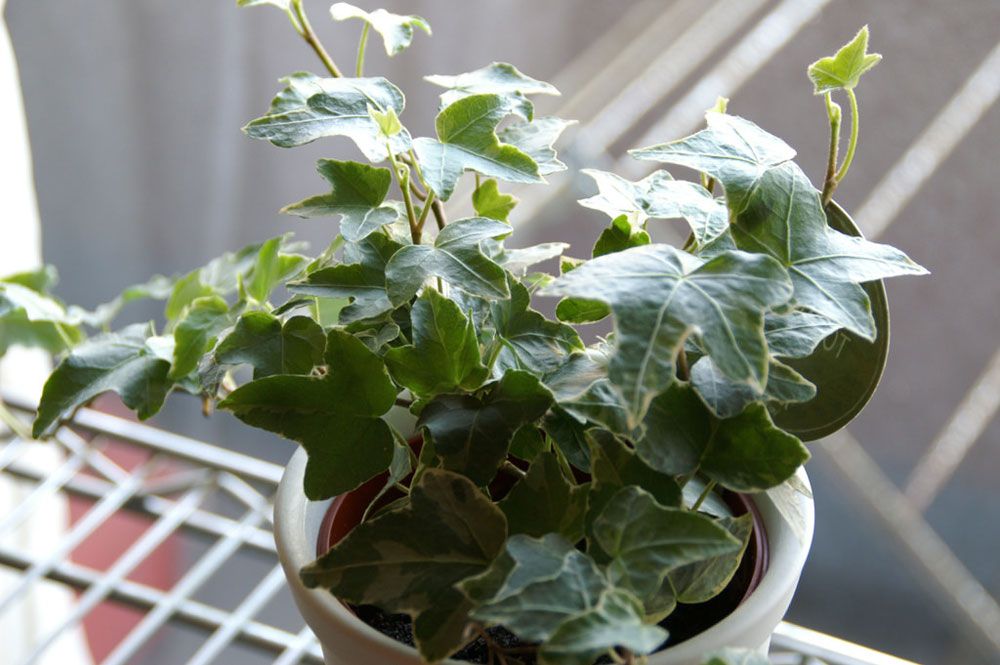
The common ivy is an ornamental plant widely used to cover walls. It cools the interiors in summers and insulates in winters. For domestic purposes, it is best to grow them in pots to keep them from either invading other plants or causing structural damage to the walls (if left to grow uninterrupted). It is also low-maintenance and flexible with respect to growing conditions.
Apart from its toxin eradication benefits, the English Ivy is also capable of removing more than 58% feces particles along with 60% of air toxins only within six hours.
2. Peace Lily (Spathiphyllum)
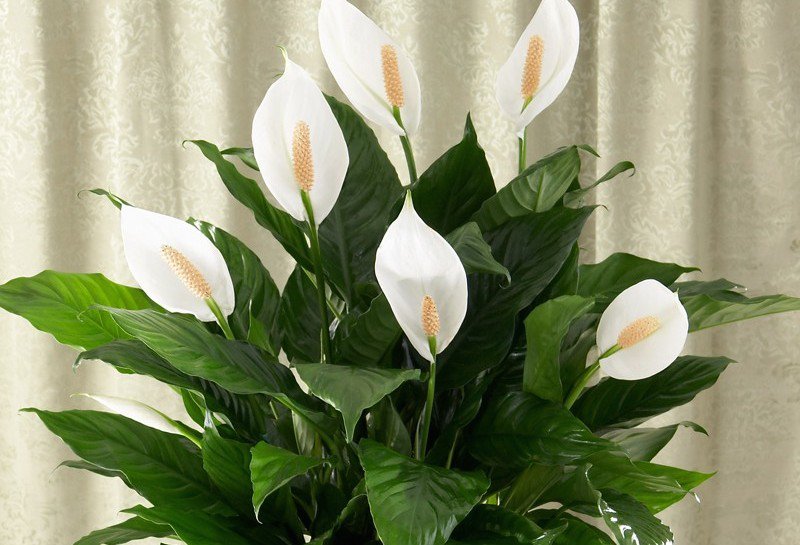
These are also known as closet plants. They are very popularly used in offices and homes. Peace lilies are easy to care for — easiest among the most indoor plants — however, proper growing conditions are still important for them.
They curb molds and hence make for good additions in the bathrooms and wet spaces.
Peace lily has been found to efficiently remove Benzene and Trichloroethylene commonly found in varnish, lacquer and paints. They absorb these harmful chemicals through their leaves, which is transported to the roots to be broken down by the microbes in the soil.
The major downside of the Peace Lily is that ingesting some parts of it could be mildly toxic. Upon ingestion, one can feel nauseous, experience some difficulties in swallowing and feel a sensation of burning on the skin or inside of the mouth. If such symptoms appear, it is better to opt for immediate medical attention.
Keeping away pets from this plant is also crucial.
3. Snake plant or Mother-In-Law’s Tongue (Sansevieria Trifasciata)

These are one of the hardiest indoor plants to kill. The snake plant is tolerant of low lighting, unsuitable growing conditions and literally any kind of neglect. It has interesting foliage and is one those plants that release oxygen even during the night time; hence, this is a good fixture for bedrooms.
Snake plants not only add an interesting texture to home spaces but also release water vapor while releasing oxygen and help keep the air cool and fresh-feeling which makes them a good specimen to have in tropical environments.
The moisture released by these plants help lessens airborne allergens.
The study farther revealed that the Sansevieria effectively removes from air:
- Formaldehyde,
- Xylene,
- Toluene
- Nitrogen oxides
Industries and work spaces such as automotive plants and shops, aircraft plants, plywood, carpeting, paint makers and sellers, printing, and offices, where these toxic pollutant are released in excessive amount would substantially benefit from planting a lot snake plants around the vicinity.
4. Florist’s Chrysanthemum
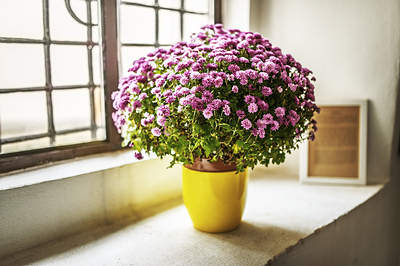
These flowers look very showy. The plant isn’t as tolerant of neglect and abuse as the ones mentioned above, but their presence makes them worth the trouble. These flowers come in a variety of colors. These plants are very common, inexpensive and perennial.
The florist chrysanthemums have the ability to filter organic chemicals from air like (Wolverton, et. al, 1989):
- formaldehyde
- benzene
- trichloroethylene
Another additional publication (Wolverton & Wolverton, 1993), found that chrysanthemums were able to filter ammonia and xylene from the air too.
5. Bamboo Palm (Chamaedorea Seifrizii)
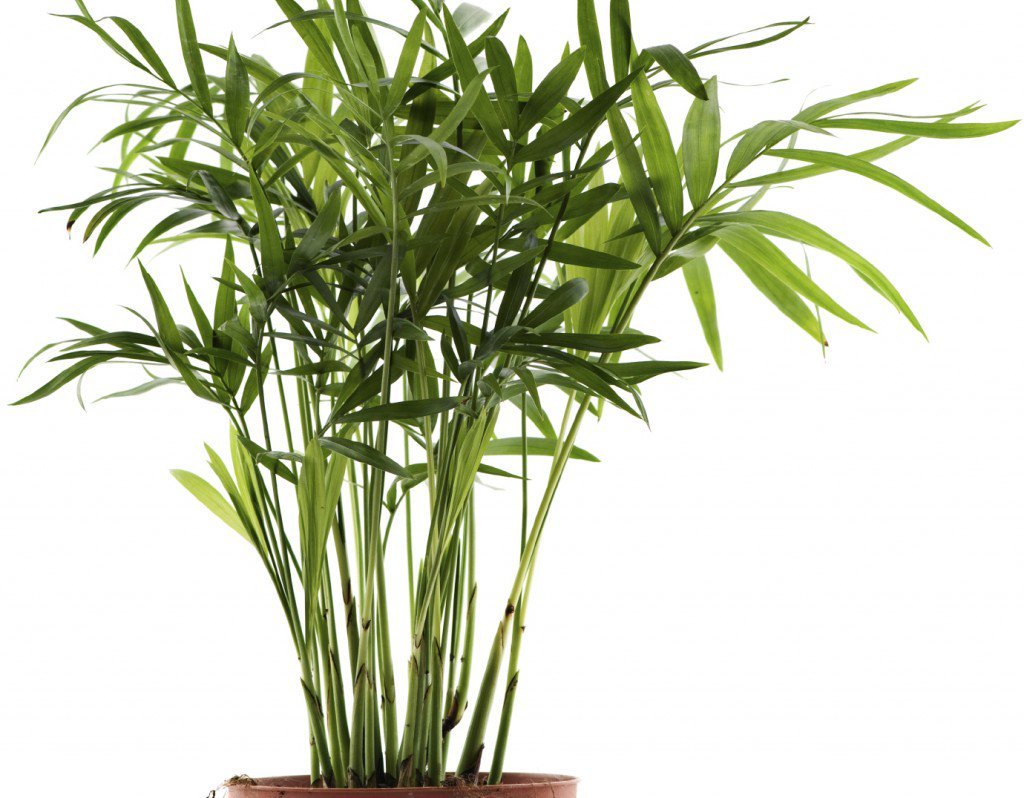
The bamboo palm, also known as reed palm is a good looking addition to any kind of space. It looks good next to furniture (especially the ones that are more prone to emitting the toxins we are trying to curb) as well as by itself. It is a nice touch of tropical freshness to transform any kind of living space ranging from public lobbies to a private study.
These plants helps remove toxic compounds like Toluene which is mostly found in building materials, lubricant, grease and tobacco smoke; benzene and formaldehyde.
The list (2) includes other plants that remove just one or two of the toxins mentioned above. The list presented here mentions plants that remove all or at least four of them.
NOTE:
Some of the plants mentioned might be toxic to pets. So, if you intend on getting one of these, it would be a good idea to check that detail out beforehand. The recommended count of these plants is one plant every 100 sq. feet (every 10 sq. meter).
Reference:
Become a Contributor at The Minds Journal
We Want To Hear Your Story. Share your work,thoughts and writings and we will make sure, it reaches the world! Submit Now
You may also like:
- Add Peace and Harmony to Your Living Space with These Plants
- 12 Plants Capable of Creating Positive Energy in Your Home!
- 11 Plants Native Americans Use to Cure EVERYTHING (From joint pain to cancer)
- Advanced Science On How To Befriend A Tree
- Tree Energy: How Trees Help Us Heal


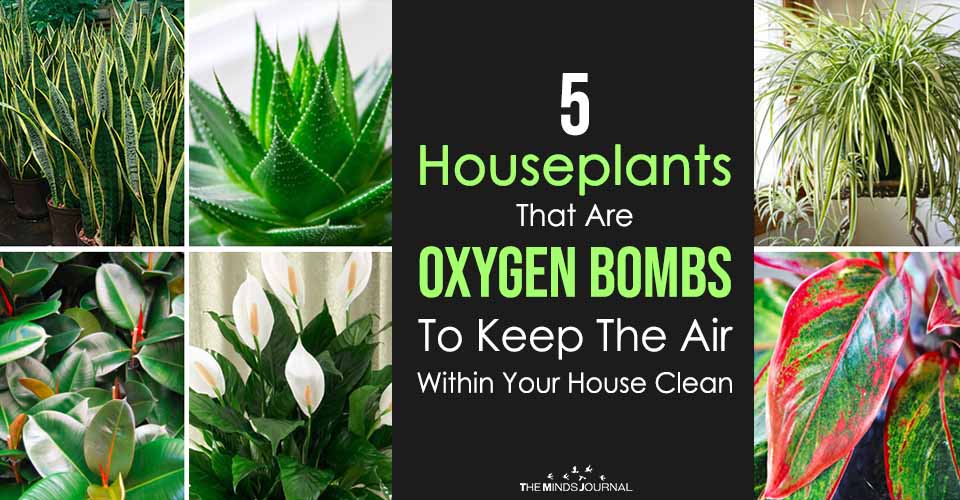



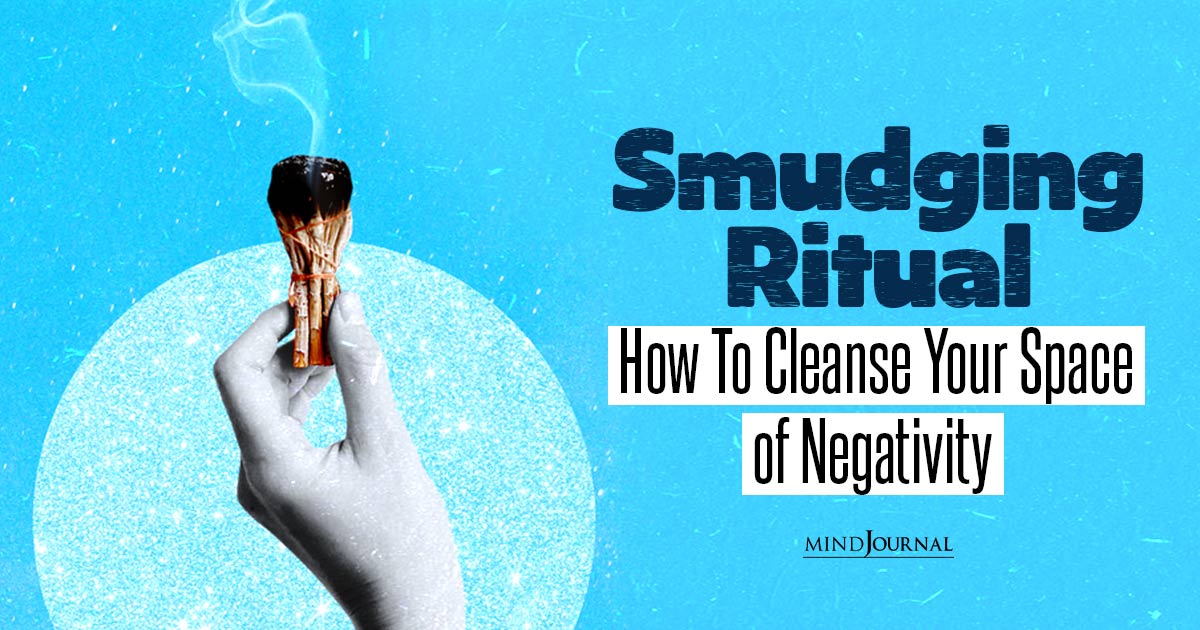
Leave a Reply